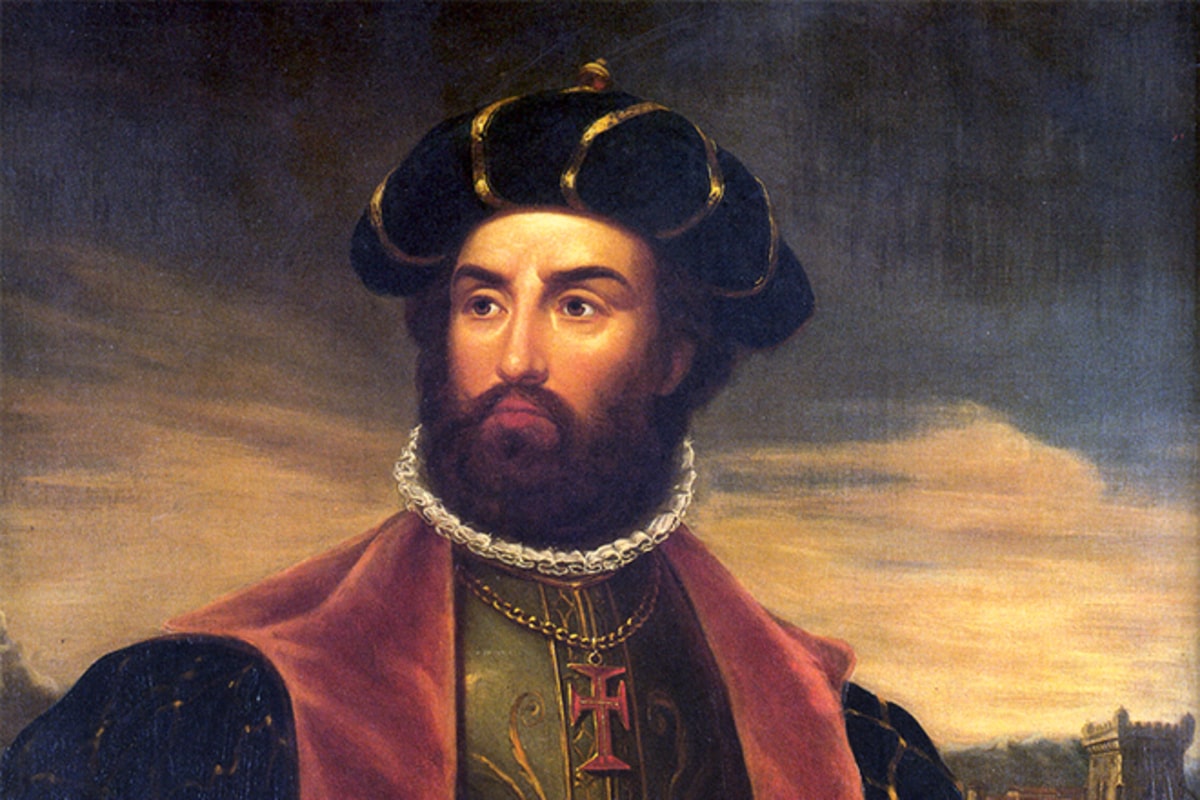Vasco da Gama is one of the most iconic figures of the Age of Discovery, the man who opened the sea route to India and profoundly changed the course of world history. You might not know that his voyages not only enriched Portugal but also launched a new era of global trade and European colonialism. Celebrated as a national hero, da Gama became a symbol of Portuguese maritime power and ambition. His expeditions, however, were not only feats of exploration but also fraught with political conflict, cultural clashes, and perilous sea voyages. Below are fascinating and informative facts that will help you better understand the legacy and impact of Vasco da Gama.
- Vasco da Gama was born around 1460 in the town of Sines, in southern Portugal. He came from a noble but modest family, which allowed him access to education and service at the royal court.
- His father, Estêvão da Gama, was originally appointed to lead an expedition to India but died before it could take place. The mission was then entrusted to Vasco, who already had military and maritime experience.
- In 1497, Vasco da Gama led the first Portuguese fleet to India, departing from Lisbon with four ships and over 170 men. This expedition marked a turning point in the history of navigation and global trade.
- A critical part of the voyage was rounding the Cape of Good Hope, a feat considered extremely dangerous at the time. Da Gama relied on the expertise of cartographers, astronomers, and advice from Arab pilots.
- During the journey, he stopped at ports in Mozambique, Malindi, and Kenya, attempting to establish diplomatic ties with local rulers. In Malindi, he hired an experienced pilot who helped him reach the Indian coast.
- In May 1498, he arrived in the city of Calicut (modern-day Kozhikode) in India, where he was met with suspicion and resistance. Muslim merchants feared competition and worked to obstruct Portuguese trade efforts.
- After returning to Portugal in 1499, Vasco da Gama was hailed as a national hero. He was granted noble titles, land, and the rank of Admiral of the Indian Ocean.
- On his second voyage to India in 1502, da Gama acted more aggressively, using force to assert Portuguese dominance. His tactics included naval bombardments and the destruction of hostile ports, laying the groundwork for Portuguese colonial rule in Asia.
- Vasco da Gama was known as a strict and determined commander. Although respected by the Portuguese crown, his dealings with local rulers in India and Africa were often marked by tension and conflict.
- In 1524, he was appointed Viceroy of Portuguese India, a position of high authority. However, he died later that year in the city of Cochin and was buried there temporarily.
- His remains were later returned to Portugal and reinterred in the Jerónimos Monastery in Lisbon, alongside other national heroes. The monastery remains a powerful symbol of Portuguese maritime glory.
- Da Gama became a cultural icon in Portugal, especially after being immortalized in Luís de Camões’ epic poem The Lusiads. His journeys continue to inspire artists, writers, and historians.
- His name has been commemorated across the globe — streets, ports, schools, and even football clubs in Portugal, India, Brazil, and Mozambique are named after him. His legacy spans continents and centuries.
- The maritime routes established by da Gama became the foundation for the Portuguese trading empire in the Indian Ocean. These routes allowed Portugal to bypass Muslim and Venetian intermediaries and dominate the spice trade.
- While revered in Europe, da Gama’s legacy in Asia is more controversial. His expeditions brought not only commerce but also violence, coercion, and religious imposition.
- His voyages greatly advanced the science of navigation, contributing to developments in cartography, maritime law, and celestial navigation. He used state-of-the-art navigational tools for his time.
- Vasco da Gama was the first European to reach India by sea, breaking centuries-old trade monopolies. This achievement had profound economic implications for Europe and Asia alike.
- One of Europe’s longest bridges, the Vasco da Gama Bridge in Lisbon, was named in his honor. It was inaugurated in 1998 to mark the 500th anniversary of his historic journey to India.
Vasco da Gama left an enduring legacy on world history. These interesting facts show the depth of his influence not just as an explorer, but as a figure who reshaped global commerce, politics, and culture. His voyages ushered in a new age of globalization and imperial expansion. Remembered both as a pioneering hero and a complex agent of empire, da Gama’s story is a powerful reminder of the ambition and consequences of exploration.





